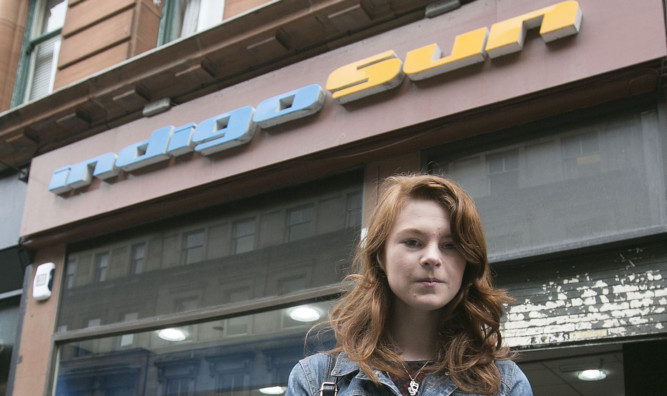
Tanning salons are flouting the law by allowing underage teenagers to use sunbeds, an undercover Sunday Post investigation has revealed.
It is a criminal offence for businesses to let children under 18 spend their money on tanning sessions. The ban was brought in following fears younger people are at a greater risk of developing skin cancer.
But when we sent a red-headed, pale-skinned, underage volunteer into more than 20 shops almost a third failed to conduct proper age checks.
Dr Sarah Allinson, a cancer specialist at Lancaster University who works on understanding how ultraviolet radiation damages skin, described the findings as “alarming”.
She said: “Skin cancer cases in the UK have doubled in the past 20 years, as attitudes towards tanning have changed.
“More than 100,000 are diagnosed each year and exposure to ultraviolet radiation from the sun or sunbeds is the primary cause. It is an offence for tanning salons to allow under-18s to use sunbeds and for very good reason.”
The law was introduced in Scotland in 2009, although guidance issued to operators indicates they may be issued with a fixed penalty notice in the first instance. Failure to pay it can lead to prosecution and a fine of up to £2,500. The law also requires operators to display notices warning of the health risks and to provide information to users of sunbeds on those risks.
In England, allowing under-18s to use sunbeds became a criminal offence in 2011 and carries a maximum penalty of £20,000.
Research has shown people aged between 10 and 39 who use a sunbed once a month, are at a massively increased risk of malignant melanoma. Around 13,000 Britons are diagnosed with the illness each year and it causes 2,800 deaths.
Among them was Gemma Watson, 27, of Newcastle, who died of skin cancer last October, after starting to use sunbeds aged just 16. The married mum-of-three became a fierce critic of tanning and, despite being seriously ill, campaigned for sunbeds to be banned.
Megan Worrall, 22, of Liverpool, started using sunbeds with her mum when she was just 13, after seeing glamorous pictures of tanned women in the salons. But by the age of 19 she had developed melanoma. She was placed into remission last year.
Tragically, Donna Ballantyne, of Bothwell, Lanarkshire, was not so lucky. She died from skin cancer in 2011 after developing 19 tumours following years of using coin-operated tanning booths.
Our investigator Lucy Slater, 17, visited tanning salons in Glasgow, Preston, Morecambe and Blackpool to test whether they were enforcing the law. Four of the 10 in Glasgow offered her use of a sunbed without asking for proof of age.
She also tested 11 salons in Lancashire and two of them agreed to let her in.
Lucy’s mum Jane, 46, said: “I did find it a bit of a worry she was allowed in. It did seem quite easy for the whole thing to be done.
“She also said that in one of the booths there was a sign pointing out not to use the sunbeds if you have red hair. I’m glad she isn’t interested in doing it herself.”
A spokesperson for Cancer Research UK said it urges all businesses selling sunbed sessions to show responsibility by asking teenagers for proof of identity and encourages local authorities to ensure that the ban on use by under-18s is enforced.
A spokesperson for The Sunbed Association said our probe showed the majority of salons are meeting their legal obligations but “there are still some that appear to be failing to implement the law”.

Enjoy the convenience of having The Sunday Post delivered as a digital ePaper straight to your smartphone, tablet or computer.
Subscribe for only £5.49 a month and enjoy all the benefits of the printed paper as a digital replica.
Subscribe